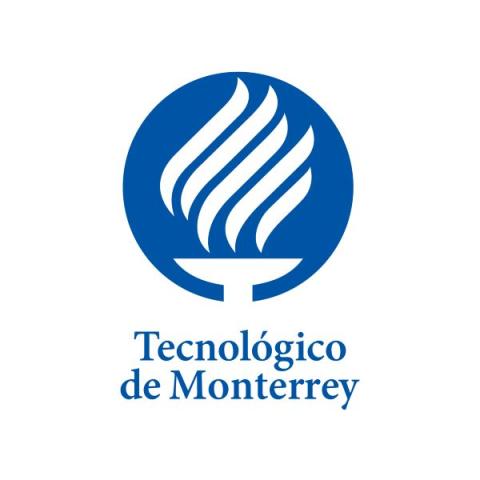
A beginner’s guide to implementing new technologies in your classes
Technological innovations have revolutionised education worldwide, and the modern teacher needs to stay informed about the latest advances in order to take advantage of opportunities and stay up to date in our increasingly tech-driven world. However, each innovation presents a new challenge, and keeping pace with change can be stressful and overwhelming, particularly for those less familiar with new tech.
Here, I’d like to present a few suggestions for integrating new technologies into your teaching and learning as seamlessly as possible – for you and your students.
1. Identify the best new tech (and how to use it)
One of the chief causes of stress with the incorporation of new technologies is the need for more technical skills and knowledge. It can be difficult to work out which new tool works best, so here I have recommended some of the most-used tech tools for various areas of teaching interest:
- Communicating with students: use tools that bring teachers closer to their students, such as Remind or Slack.
- Developing teamwork skills: tools such as Padlet or Zoom’s breakout rooms are handy for facilitating interaction.
- Enhancing student participation: try tools that trigger student interest such as game-based learning platform Kahoot! or interactive learning software Nearpod.
Gathering this and much more information on the latest technology will help you feel more secure in your use of it and allow you to take advantage of its capabilities in improving the learning experience of students.
2. Try the tech before using it in class
Most educational technology tools offer free trial versions that allow you to experiment with them before deciding to use them in class. Test drive the technology first to get more comfortable with it and, crucially, reduce the anxiety that might result from using a completely new tool in a teaching environment.
- Prompt engineering as academic skill: a model for effective ChatGPT interactions
- Six ingredients for successful digital transformation
- Eliminating harmful digital technologies in universities: a guide
3. Seek support from colleagues and technology services
Working in tandem with other teachers is an excellent way of learning how to use new technologies, because this can provide another perspective on teaching an engaging, well-prepared class. It is highly recommended that you:
- Consult with others and seek advice on how to use educational technology tools.
- Communicate with tech support staff in your institution (if applicable) to get help and orientation.
- Attend conferences related to educational innovations; the amount of shared practice will probably open up possibilities you didn’t even know existed.
- Craft a well-defined plan. This is so much better than improvising. To properly integrate any technology into a course there must always be a plan.
4. Make a teaching plan
Teachers must always create a teaching plan to clearly define learning objectives, course contents and any requisites and deadlines. To design each class effectively, work on a didactic plan that allows for the efficient use of technological resources and tools, which can bring great benefits, such as:
- Clarity and structure: tech can help the teacher form a clear and structured vision of the content and how it should be organised.
- Consistency: this can be ensured through the content presentation and teaching methodology. It will facilitate the students’ learning processes and reduce the cognitive load associated with online learning.
- Efficiency: tech can help designers work more efficiently, since they can reduce the time devoted to making decisions on visual design, content structure and teaching methods.
- Improvement of the student experience: tech can help create a consistent and enjoyable learning experience for students. By having consistent presentation and methodology, students can feel more comfortable and involved with the course.
In short, it is crucial to learn to use new technologies in undergraduate courses, identify the most useful tech, look for specific resources, practise what you learn, collaborate with other professionals and keep up to date with the latest trends. Of course, the main objective is to improve the quality of the teaching practice, but be warned: although the implementation of new technologies in education can be beneficial, it can also load stress on the student as well as on the teacher. It is important to consider this when implementing new technologies, for their use must always be justified.
Adela Vega is academic coordinator of the social sciences and government, educational innovation and digital learning, at Tecnológico de Monterrey, Mexico.
If you found this interesting and want advice and insight from academics and university staff delivered direct to your inbox each week, sign up for the THE Campus newsletter.




